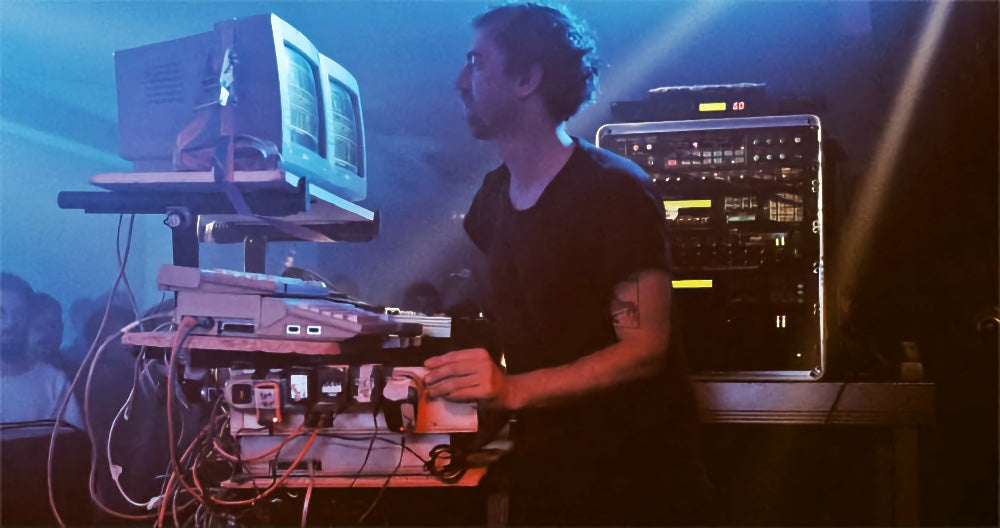
The Punch of Atari MIDI
Marco BreddinShare
Atari ST computers were the first to bring an integrated MIDI interface. High integrity and fast data connection secured the ST a leading position in music studios all over the world.
“Something not enough people talk about is the Atari ST’s fast MIDI attack,” says Alec Empire of Atari Teenage Riot. “Some of the music we made was only possible because of the amount of MIDI information the Atari can process. The Atari delivers a certain punch.”

Atari knew about the development of the Hamburg company Steinberg and their C64-MIDI software called Tracker. “When I started working at Steinberg in 1985, we had two Atari development machines, maybe half a year ahead of release,” says Werner Kracht. The veteran Pro 12 programmer needed to use try-and-error to create the first MIDI sequencer on the Atari ST. Steinberg Pro 24 added more tracks, C-Lab Creator and Notator Logic rounded out the innovative Atari software line. These tools opened up a whole new world of music creation and allowed studio musicians and solo artists to enter the digital experiment of modern music production.
“The Atari ST was for many years the main brain of the studio,” says Norwegian producer Per Martinsen (aka Mental Overdrive), who spent much of 1989 operating the Atari ST used in the R&R Records studio in Ghent, Belgium. “[...] Around ’89 I think, a cracked version of Cubase turned up in the studio. Everybody started using that, because of the timelines.”
Famous artists who have officially used the ST for their music production include Atari Teenage Riot, Mike Oldfield, Petshop Boys, Fleetwood Mac, Jean-Michel Jarre, Depeche Mode, Madonna, Silicon Dream, Peter Schilling, Marcello Mastroianni, Tangerine Dream, Fatboy Slim, etc....
Atari STs and Falcons formed the defacto MIDI standard in the music studios of the late ’80s and the entire ’90s.


